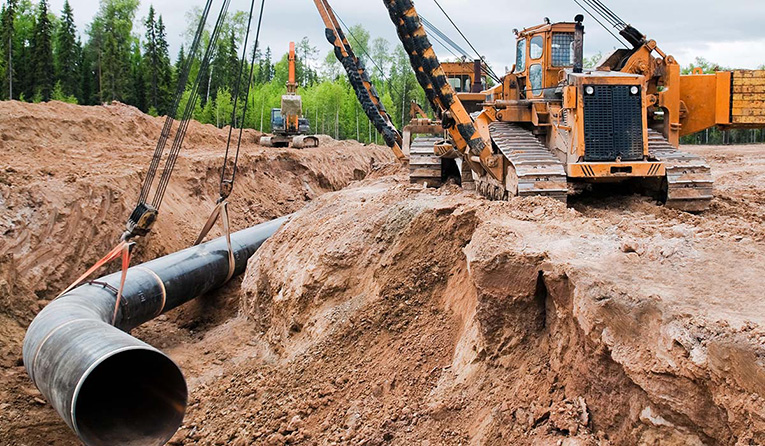Pipeline projects costs are set to rise 4 to 6% through the end of 2022, according to a new analysis by Rystad Energy. The company reveals that, prices will continue to surge also in the sectors of labor, materials and transportation.
Firstly, the company highlights that materials in particular will soon will become 2 to 3% more expensive during the same period; which is a high mark, considering materials are already the 30 to 40% of total cost of a pipeline project.
Secondly, according to the report, increasing steel demand will also led to higher iron prices; consequently, pushing up steel costs. Also, the removal of tax rebates in major pipeline export hubs, like China, could result in higher material costs.
Thirdly, prices for other pipeline construction materials such as valves and flanges have also spiked. The price index for pipeline flanges and valves in the US has grown by more than 30% since early 2020.
Also recommended for you: Recurrent Energy inks long-term energy storage agreement with PG&E. Click here to read.
Pipeline projects costs to rise more in installation and construction segments
Moreover, the recent hurdles that the midstream sector has faced; regarding the slow pace of pipeline project sanctioning activity, could push pipeline operators to the back of the queue to secure large orders; therefore, forcing them to pay a premium fee to procure the required quantities; especially as other industries push demand for steel.
In addition, about such matters, Sumit Yadav, analyst in Rystad Energy’s energy service team, said. “High steel prices and rapidly growing wages for key pipeline trades could emerge as significant challenges for operators looking to drive costs down. When also factoring in higher transportation costs; led by a strong rebound in crude prices, the total price tag of pipeline projects is set to test operators.”
On the other hand, as Covid-19 has kept its grip on the market, construction and installation services costs are also set to increase during next year. The main reason being the rising wages and lack of personnel. According to Rystad, those costs could rise up to 5% from current levels. Specifically for welders, construction equipment, electricians, and plumbing services.
Finally, this cost pressure for construction and installation services; mainly driven by wages rising, could further intensify as the industry still lacks more than 200,000 workers, according to the US Department of Labor. This skills shortage is likely to boost wages further, even for entry level trades. Additionally, with the US Congress advancing the Biden Administration’s US$1 trillion infrastructure bill, competition for the limited workforce is set to intensify.


